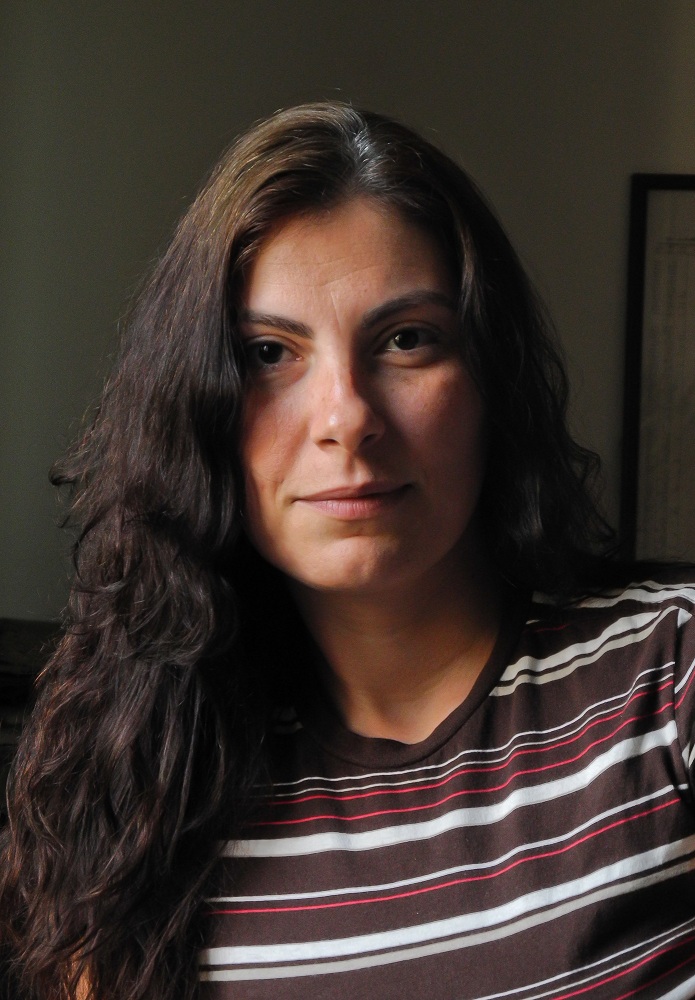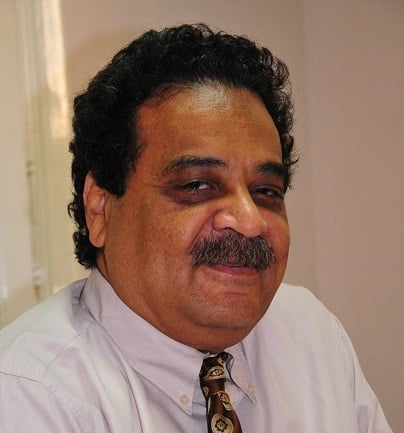By Mohammed Taha Rafi
As climate change takes center stage in the global and regional arenas, as well as here in Egypt, financial institutions can play a leadership role in our planet’s next act. Specifically, by offering innovative loan products, they can help businesses and industries seize emerging opportunities to mitigate and adapt to climate change.
Forward-looking banks, using what is called Sustainable Energy Finance (SEF), can enable their clients to invest in energy efficiency (EE), cleaner production technologies (CP), as well as small-scale renewable energy.
SEF opportunities extend across all commercial lending activities, from corporate and retail to micro-enterprise portfolios. Recent experience in Asia, Eastern Europe, Latin America and OECD countries shows that SEF opportunities are “bankable,” with paybacks ranging from six months to two years and longer, depending on client needs and deal structures.
Growing competitive pressures among financial institutions based in the Middle East and North Africa (MENA), particularly within Egypt’s banking sector, will continue to erode banking spreads. In this environment, financial institutions that innovate will continue to excel. Strategic positioning by banks to service clients’ sustainability needs across all portfolios will allow progressive institutions to thrive in a challenging environment.
As energy subsidies are phased out in Egypt, businesses and individuals alike will face various pressures to change. Businesses that are early adopters will succeed in maintaining competitiveness and, in some cases, increase profitability through a combination of reduced energy use, switchover from expensive existing energy sources to cheaper alternatives, or increased investment in replacement technologies that reduce energy intensity. Compliance with government regulation and buyer requirements — particularly in export oriented industries — may also drive demand for sustainability related financing.
A further influence on the SEF opportunity is the global climate change agenda. The recent Cancun climate conference has shown some progress: a commitment to the Carbon Development Mechanism beyond 2012; greater coordination between governments to establish national emission reduction targets; and the creation of a global Green Climate Fund. As these international targets trickle down to regional and national levels, increased public-private partnerships and additional multilateral and government funding will flow to the financial sector. However, given the limited understanding and lack of banking sector readiness in MENA — and more specifically in Egypt — launching SEF products will require greater awareness of available opportunities and relevant solutions, as well as investment in staff training and tools by banks.
While there are already bankable sustainability projects in Egypt’s major sectors, availability of financing for businesses is considered scare, and in some cases effectively non-existent. Technical expertise to implement EE and CP in the country is readily available, but meeting private sector demand for financing to achieve greater energy efficiency and profitability is perceived by banks as high-risk due to its technical and specialized nature.
In this situation, banks often reject good projects because of the technical nature of the business cases proposed and the limited capacity of banks to accurately assess potential cash-flows generated through sustainability-related investments. Additionally, financial institutions shy away from SEF lending on the premise that “bankers should focus on banking.”
Fortunately, ample research and experience is now available to highlight how banks can embrace SEF. There are three areas on which banks should focus when contemplating SEF product development:
The low-hanging fruit for banks is examining existing lending that would qualify as an SEF product, particularly in the SME, commercial and retail portfolios. For example, relationship managers often lend to clients for equipment replacement. While the improved output from the new equipment will be reflected in the credit analysis, the impact of reduced input costs (electricity, gas, raw materials) should also be captured in the credit analysis and final lending decision.
As a next step, training relationship managers and loan officers to identify SEF opportunities within each industry group will lead to additional lending opportunities from existing portfolios. A bank client involved in food processing, for example, will likely have a significant component for electricity consumption in its total cost structure. A deeper understanding of the types of equipment (washing equipment, industrial refrigerators, cooling chambers, chillers) used and needed by the business would help identify sustainability opportunities. These can then be pre-screened with basic tools and further assessed through the banks usual credit decision-making mechanisms after adjusting for associated cost savings and stronger cash flows.
Finally, banks can acquire new customers by leveraging their own SEF expertise and the demonstrated successes of the products they have developed.
In a changing world, it will be critical for banks to develop products that meet the sustainability needs of their clients. A shared senior management vision and recognition of the cross-cutting nature of SEF opportunities will provide the drive to customize all products (short- to long-term lending, housing, leasing, and more) to better serve customers and achieve significant portfolio growth that will benefit financial institutions, their clients, and the environment.
Mohammed Taha Rafi is leading IFC’s Sustainable Energy Finance (SEF) product in the Middle East and North Africa region. In this capacity, he is responsible for developing the strategy, financial operations, business development and delivery of portfolio projects across the region. Currently, the program is actively operating in five countries in the Middle East and North Africa by engaging with financial institutions on advisory projects to develop lending product offerings and promote SEF lending.
The findings, interpretations and conclusions expressed in this article are the author’s own, and do not necessarily reflect the views of IFC, a member of the World Bank Group.



